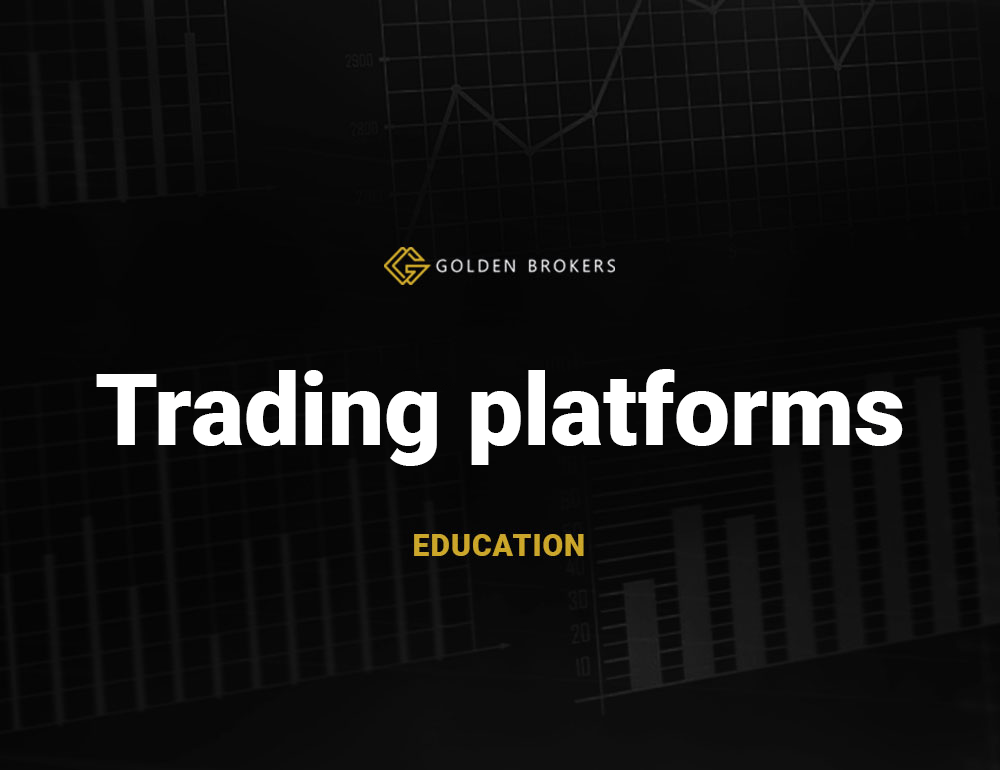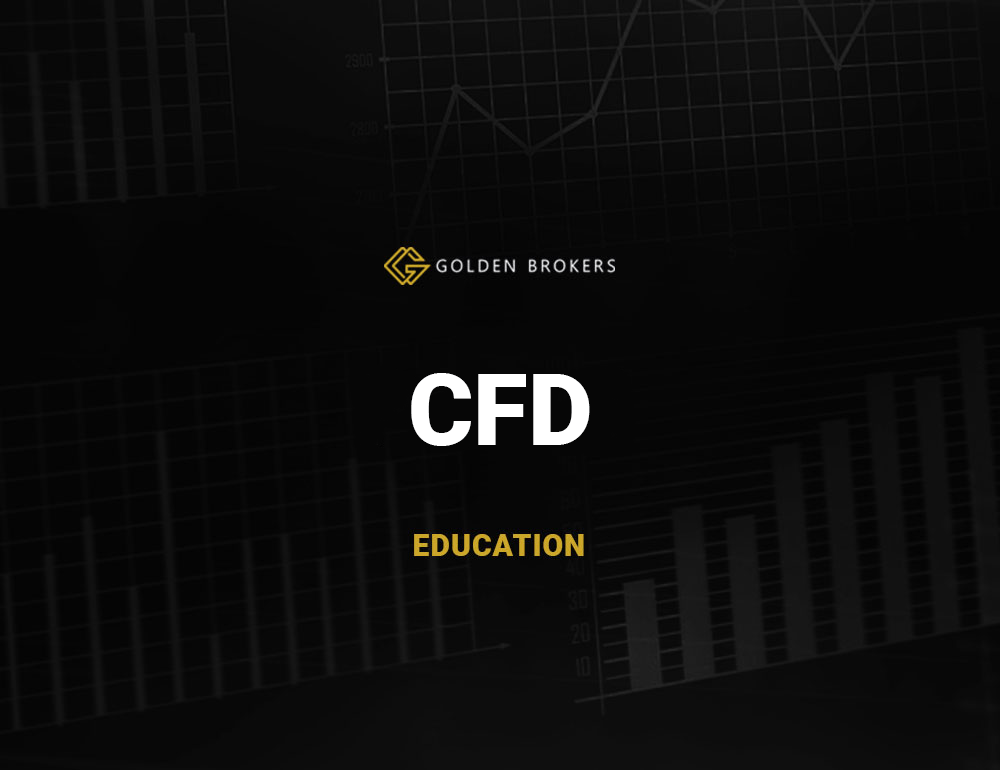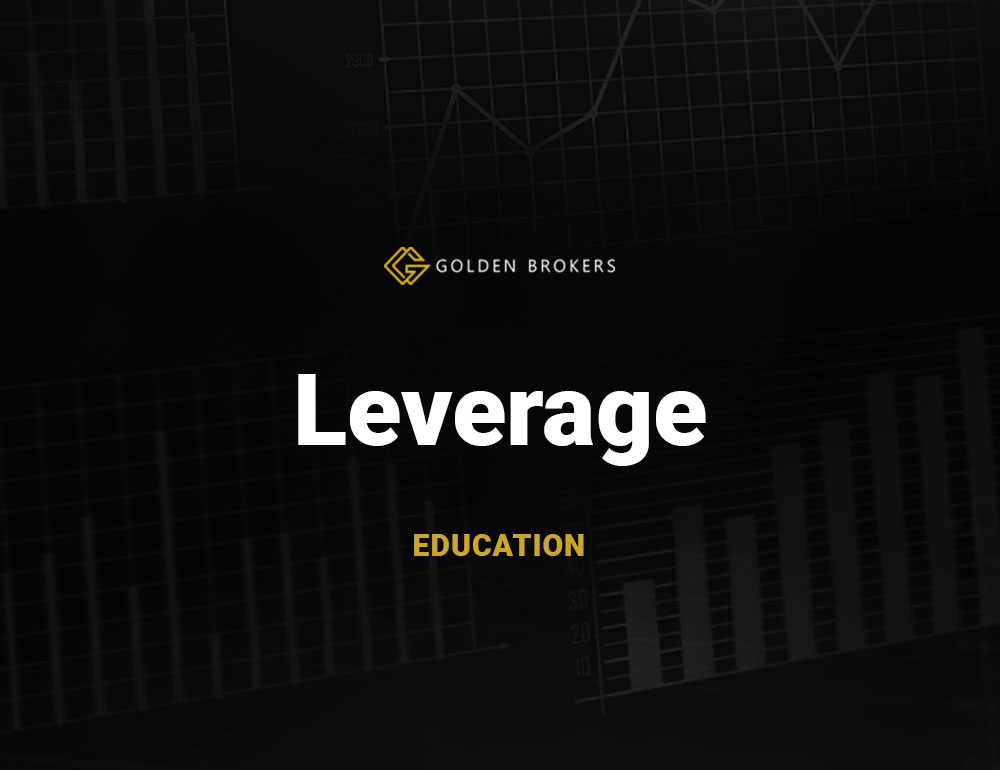Whether you are interested in physical securities or CFDs (contract for difference) before you place any trade you should understand the key terminology that is essential for trading. Instruments are one of the terms. In principle, they are professional trading tools. They include shares, indices, commodities, and forex (currency pairs). Let us explain individual instruments in more detail.
Shares
Physical shares
A share in a physical form is a tradable security, which represents a portion of registered capital of a company that has issued the share. Anyone holding a share becomes the company’s shareholder and obtains a voting right depending on the number of shares owned. The shareholder also has a right to participate in the company’s profit through dividends and a right to a liquidation balance if the company is dissolved.
Share CFDs
They allow for trading shares of specific companies without the need to own underlying assets. In practice it means that with CFDs you just speculate on movements of a given asset. The advantage is that you can speculate both on growth and decrease of the asset and use leverage thanks to which you can trade higher amounts of capital (an option to generate a greater profit as well as to incur a higher loss). Through CFD, you can trade other instruments, such as commodities, indices, and forex.
Shares of big tech companies such as Apple, Amazon, Tesla, Google, Microsoft, and Facebook are the most popular and discussed ones. Share price movements depend on several factors, such as the company’s financial performance, development of the segment in which the company operates, the current economic situation, etc.
If a company reports rising profits in the long term, investors often take it as a positive indicator and the share price of the company is likely to grow. There is an opportunity to generate profit if the shares are sold for a price higher than the cost. On the contrary, if the financial performance is negative, the company’s share prices may fall.
Indices
Through investments in indices, you buy all companies that are included in the index. In other words, an index indicates the value of a certain group of shares. The most renowned indices are Dow Jones Industrial Average, Standard and Poor’s 500, the technology sector index Nasdaq Composite, the European STOXX Europe 600, and the German DAX.
Indices also work as performance benchmarks. For investors, they are special because they show the development of many shares of companies in a single value.
There are two types of indices:
Selective indices – they include a sample of major shares traded on a certain market
Aggregate indices – they include all shares traded on a certain market
Stock exchange indices are calculated as either profit weighted indices or capitalization-weighted indices. There are substantial differences between these approaches, and it is important for an investor to understand the calculation method.
Price weighted indices
The index value is only affected by the price of the included shares. This means that the higher the price of companies’ shares the more the index value is impacted. The volume of shares traded is not taken into consideration at all. The price-weighted indices include Dow Jones Industrial Average or Nikkei 225.
Capitalization weighted indices
In addition to share prices, the index value is affected by the number of certain shares outstanding. Thanks to this, shares of big companies traded in large volumes influence the value of an index much more than shares of small companies even if their price is substantially higher. There is a much greater number of indices calculated that way compared to price-weighted indices. They include Standard & Poor´s 500, NASDAQ Composite, or DAX.
Commodities
Although the commodity market is relatively small compared to other markets, it is a financial market that may be a “safe harbor” in times of economic instability. Investors and traders have always turned to commodities when prices of shares and other financial instruments were falling. Demand for commodities continues to grow thanks to their limited number. Many commodities, such as crude oil or gold, have achieved their maximum production, which is declining because of financial requirements for further extraction. The number of commodities is shrinking. They are suitable for long-term as well as short-term investments.
The most common commodities include:
precious metals: gold, silver, platinum, palladium, etc.
base metals: aluminum, copper, zinc, cobalt, lead, etc.
energy commodities: crude oil (Brent, Crude Oil), fuel oil, natural gas
grains: wheat, corn, oats, rice, etc.
other: coffee beans, sugar, cotton, etc.
Forex
Forex (foreign exchange) is an international market with global currencies. It is also referred to as FX. On this market, one currency is exchanged for another one (buy/sell), which means that they are traded in currency pairs. The most traded currency pairs globally include EUR/USD, GBP/USD, USD/JPY, USD/CAD, USD/CHF, and AUD/USD, i.e. “majors”. The less traded pairs include EUR/JPY, EUR/CHF, EUR/AUD, EUR/CAD, etc., which are referred to as “minors”.
It is a decentralized market, which means that there is no specific physical place of trading (like in standard exchanges); in principle, it is an electronic network connecting banks, institutions, hedge funds, insurers, and independent retail traders and investors.
The FX market is the most liquid market in the world exceeding the stock, commodity, and bond markets by its daily sales. According to the Bank for International Settlements (BIS), the daily sales on the forex market amounted to USD 5 trillion in 2016. The market is open 24/7 on five business days but is split into sessions according to which geographical area is active at that time. It is the most liquid market (high liquidity represents large volumes of trading activities).










